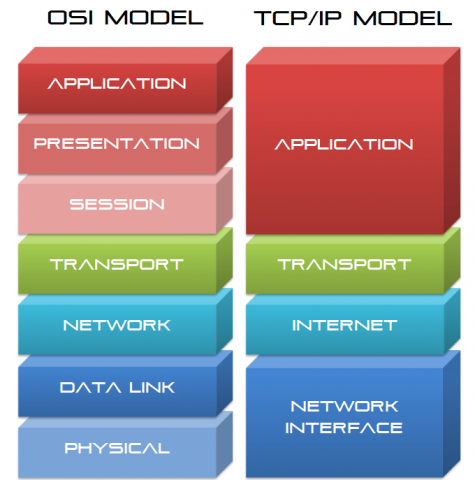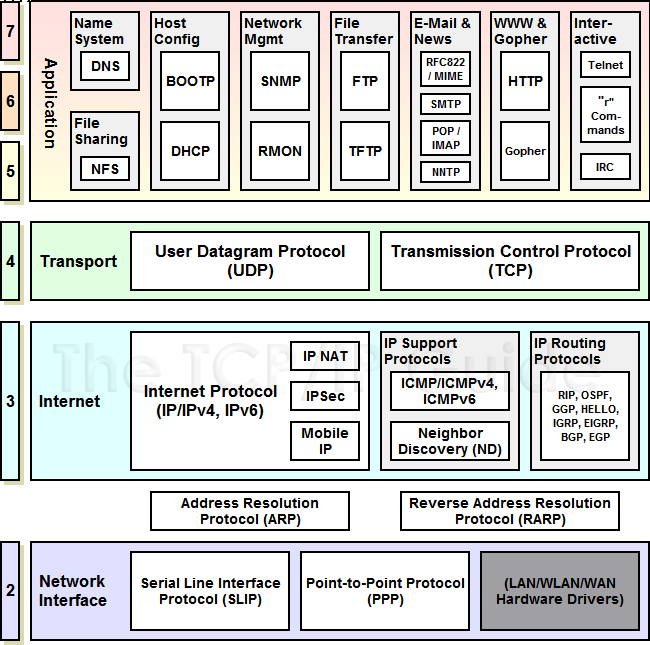

It can send streams of data and get acknowledgements from the destination device in real time. So, for instance, it works more like a phone call than the letter we used as an illustration above. TCP is, in essence a protocol, which uses IP to send its data, but adds in extra abilities to make sure the system works as you expect. This is obviously not great for a networking scenario, although fortunately, this isn't quite as bad as it sounds.

Some letters might go by different routes, they may not arrive in the order you sent them, a few letters could be damaged along the way, or some may never arrive at all.

The problem is that, just as in the real world, you've no control over how the letter is handled. In both cases, each letter takes a packet of data to the same address (the IP of your destination server) with the same return address (the IP of your device). The protocol has two formats of IP address - IPv4 and IPv6 - but the basic operation is the same. You can think of it as similar to sending a letter. IP works by splitting your data into chunks called packets, then sending it to the destination. The IP part of TCP/IP handles the most fundamental task of getting your data to the source device, whether it's a website, a network printer, or maybe that Xbox in your kid's bedroom.


 0 kommentar(er)
0 kommentar(er)
